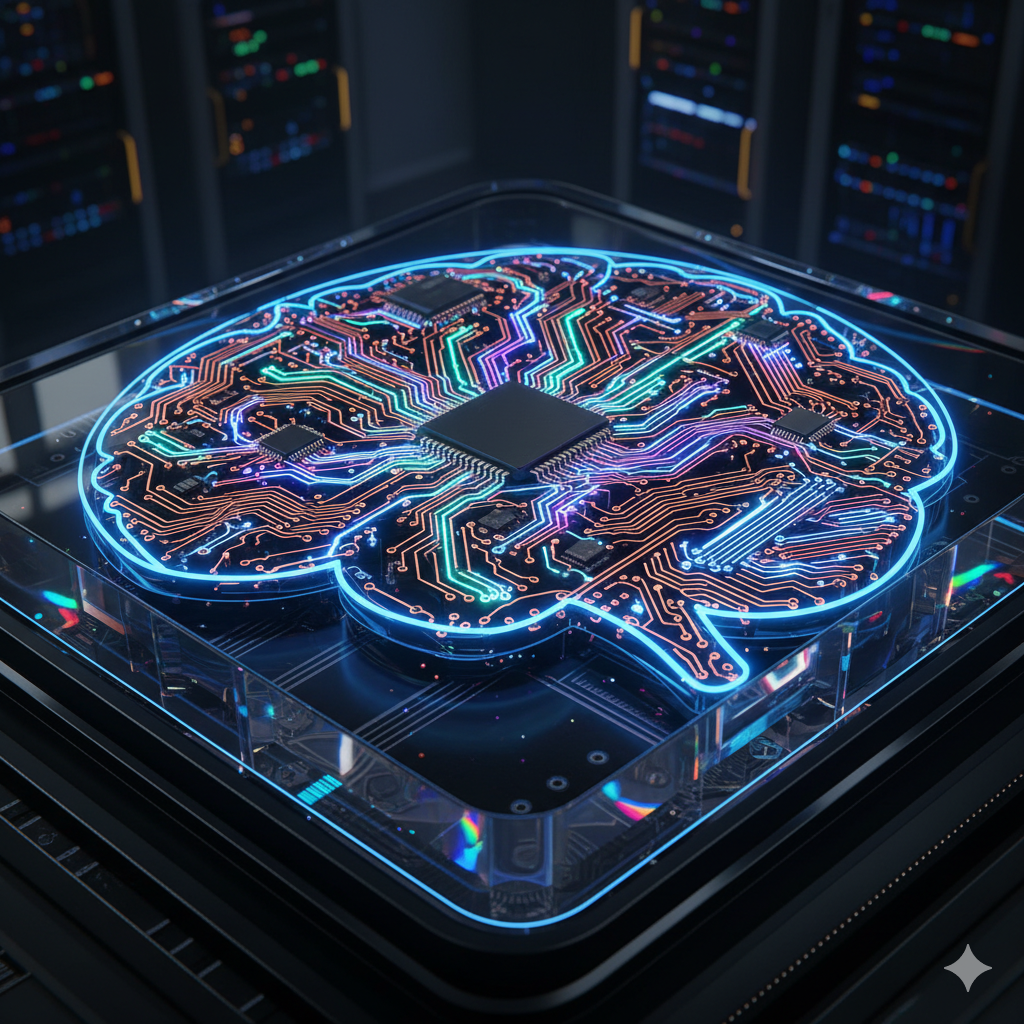This report provides a comprehensive investigative analysis of the catastrophic explosion at the Accurate Energetic Systems facility. The incident occurred in Bucksnort, Tennessee, on October 10, 2025.¹
The purpose of this document is to move beyond initial reporting. It examines the incident’s context, its probable causes, and its significant strategic implications for the United States defense industrial base.
This analysis synthesizes available evidence on the company’s operational history, regulatory compliance, and internal safety culture. It seeks to provide a clear assessment of the factors that led to the disaster and to offer actionable recommendations to prevent a future recurrence.
Executive Summary
On October 10, 2025, a massive explosion occurred at the Accurate Energetic Systems (AES) facility in Bucksnort, Tennessee.² The blast destroyed a production building and killed 18 employees.¹ It also triggered a multi-agency investigation involving the Bureau of Alcohol, Tobacco, Firearms and Explosives (ATF) and the Federal Bureau of Investigation (FBI).³, ⁴ The event included secondary detonations, which highlighted a catastrophic failure of the plant’s safety systems.⁵, ⁶
Key findings reveal that AES, a certified Women-Owned Small Business (WOSB), served as a critical supplier of foundational energetic materials for the U.S. Department of Defense (DoD).⁷, ⁸ These materials included Trinitrotoluene (TNT).⁸ The company was fulfilling a $119.6 million sole-bid contract for the U.S. Army.⁹, ¹⁰ This underscores its strategic importance as a chokepoint in the national defense supply chain.⁹
The company’s history shows a pattern of significant safety lapses that foreshadowed the disaster. This includes a fatal explosion on its property in 2014.¹ Additionally, the Occupational Safety and Health Administration (OSHA) cited AES in 2019 for multiple “Serious” violations related to fundamental failures in safety protocols and training.¹¹, ¹² This record points to a deeply rooted, negative safety culture.
The official investigation is ongoing. However, the preponderance of evidence strongly suggests the explosion was an industrial accident precipitated by systemic negligence, not a random event. There is no direct evidence linking the disaster to NATO munitions, the conflict in Ukraine, or foreign sabotage.
The most probable cause was a catastrophic failure made possible by a long-standing, deficient safety culture where documented risks went unaddressed. An electrostatic discharge (ESD) event is the likely immediate trigger.¹³ The destruction of this facility exposes a critical vulnerability in the defense supply chain. This demands urgent policy action from the DoD to secure its lower-tier suppliers and prevent a similar tragedy.
Table of Contents
- Reconstructing the Disaster: Timeline and Analysis
- Corporate Dossier: Accurate Energetic Systems, LLC
- A Legacy of Hazard: Prior Incidents and Regulatory Scrutiny
- Inside the Gates: A Review of Internal Safety and Quality Protocols
- The Human Element: Management, Personnel, and Labor Environment
- A Critical Node: Supply Chain and Logistics Assessment
- Assessing the Cause: An Evaluation of Plausible Scenarios
- Conclusions and Strategic Recommendations


